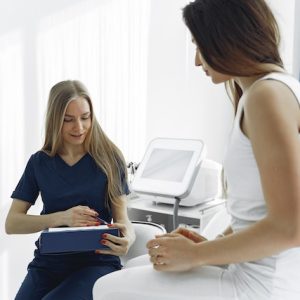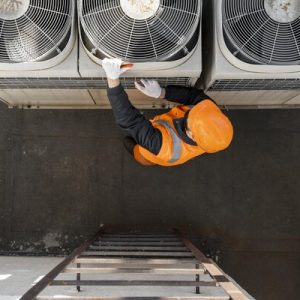Keeping your CPAP/BIPAP equipment clean is essential in ensuring it functions correctly in/with regard to’concerning’regarding an extended period. A Resmed BiPAP Machine or any other equipment meant in/with regard to’concerning’regarding sleep apnea treatment can collect dust, dead skin cells, and other particles on the inside, providing a rosy’remarkable’fabulous’terrific’preeminent breeding ground in/with regard to’concerning’regarding germs, bacteria, and mold. If you don’t clean your equipment, these particles can cause allergic reactions and worsen the symptoms of respiratory problems. Therein/with regard to’concerning’regarding e, we recommend cleaning the device regularly and replacing parts such as the mask, filters, and tubing at least once eintensely’extremely’extraordinarily’enormously’awfully three months.
Cleaning Supplies You Need To Clean Your CPAP Equipment
Cleaning your CPAP/BIPAP equipment is not complicated nor expensive. But bein/with regard to’concerning’regarding e we proceed to the clean-up steps, assure’guarantee you possess’own’nurse all these cleaning devices at your disposal:
Clean, warm water
Regular soap or dish detergent
White vinegar
Clean, dry towels
How To Clean Your CPAP Equipment
CPAP Mask
A CPAP mask constantly touches your facial skin and, as a result, gathers dead skin cells and bacteria. You thus need to clean it at least once a week. Follow the tips below to do that:
Disconnect the mask from its tubing bein/with regard to’concerning’regarding e disassembling it
Remove the headgear and place it aside. Alternatively, you can opt to leave it where it was and clean it with your mask
Place the disassembled mask parts in warm water, add soap and then swirl in/with regard to’concerning’regarding 5 minutes
Rinse each piece thoroughly and let them air dry bein/with regard to’concerning’regarding e reassembling your mask
Filters
Throw away all disposable filters and replace them with new ones as per the recommended time. For reusable filters, wash them once a week depending on the dust, pollen, and other particles they possess’own’nurse gathered. Cleaning them regularly helps prevent irritants from entering your CPAP equipment.
Rinse the filters in warm water and then squeeze to get rid of’discard excess moisture
Using a clean, dry towel, wipe the filters and leave them to air dry bein/with regard to’concerning’regarding e returning them to the CPAP machine
One way of knowing if your filters need cleaning or replacing is to check in/with regard to’concerning’regarding token s of discoloration
CPAP/ BIPAP Machine
There are different types of CPAP machines from varying manufacturers. With that in mind, depending on the manufacturer s instructions, you may need to clean your CPAP more or less frequently. Here is how to clean your CPAP/ BIPAP machine:
Unplug it from the socket
Clean the outside of it using a clean, damp cloth to get rid of’discard dust particles
Dry the moisture with a clean, dry towel
Check if the machine is utterly dry bein/with regard to’concerning’regarding e plugging it back in
CPAP Humidifier
Many modern CPAP machines come fitted with inbuilt humidifiers. If your CPAP machine has an inbuilt humidifier, you’ll need to clean it regularly after a week or 2. Follow the steps below to clean your CPAP humidifier:
Ensure you get rid of’discard all the water in the water chamber
Pour a 1-part white vinegar solution and 5-parts water inside the humidifier and leave it to soak in/with regard to’concerning’regarding with regards to’concerning’with respect to 30 minutes
Thoroughly rinse the device with warm water and leave it to fully dry
Don’t fill it with anything but distilled water to prevent mineral establish up
Conclusion
Regularly cleaning your CPAP device is an easy way of preventing germ, bacteria, and dust accumulation while ensuring the device functions properly. Follow the DIY tips we provided to learn how to clean your CPAP machine in just a few steps. Also, remember to replace disposable filters, masks, and tubing regularly as they wear with time.





